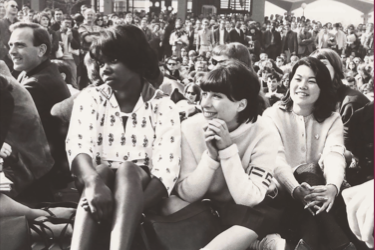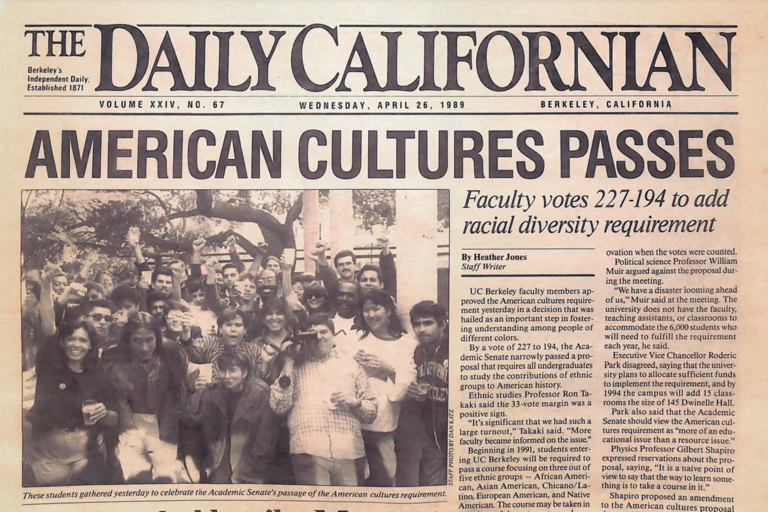What could be so important that faculty on campus would agree on creating a new campus-wide requirement? So asked Professor Bill Simmons, first director for the Center for the Study of American Cultures (from 1988-1994). His answer - the teaching and learning of race, racism, and anti-racism in our institutions, communities, local and transnational lives - bringing into life the nation’s first ‘diversity’ curriculum, the American Cultures (AC) requirement at UC Berkeley.
Over thirty years after the first AC courses were offered on campus, this response reverberates powerfully, continuing to invite the UC Berkeley community of staff, students, and faculty into conversations and analyses critical to our complex, diverse worlds. Evermore necessary in the wake of renewed attention to systemic racism and the long-fought battles for racial justice, the curriculum bubbles with the energy of student, faculty, and community ideas and expectations for their AC classrooms. We invite you to explore the longevity and vigor of the curriculum, on the new AC Timeline, ‘Tumbling the Ivory Tower: creating the race requirement at UC Berkeley’.


















